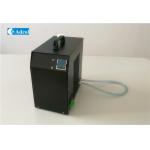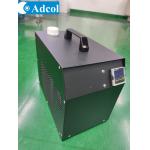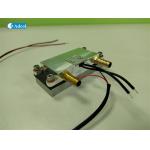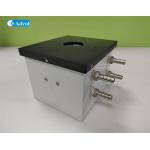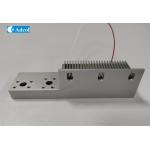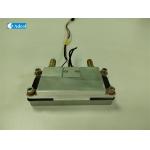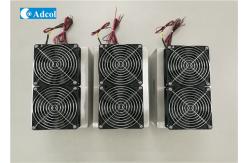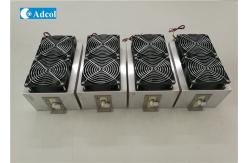Thermoelectric Cooling Solution Peltier Liquid Cooler For
Electronics
How Thermoelectric Modules Work
A typical single-stage thermoelectric module consists of two
ceramic plates with both p-type and n-type semiconductor material
between them. The semiconductor elements are connected electrically
in series and thermally in parallel.
When a DC current is applied to a thermoelectric n-type element,
the electrons move from a lower to a higher energy state as they ow
into the material at the cold end. This results in the absorption
of heat from the surrounding area. The heat is carried through the
cooler by electron transport. The heat is released at the hot end
as the electrons leaves the element. P and N-type elements are used
in pairs, called couples (see Figure 1). The heat-pumping capacity
of a single cooler is detemined by the number of couples used in
the cooler and the amount of current.
| Model | ATL300-24VDC |
| Cooling Method | Liquid |
| Radiating method | Air Force |
| Ambient temperature/humidity | -10 to 50°C, 35 to 80% RH
(No condensation) |
| Cooling Capacity/Qmax | 300W |
| Input Power | 348W |
| Flow Rate | 5-10PLM |
| Pressure Arange | ≤100PSI |
| Port | Optional |
| Run Current | 14.0A |
| Peak Current | 15.8A |
| Voltage | 24VDC |
| Vmax | 30VDC |
| Operation Temp | -10~50℃ |
| Weight | 4.95 Kg |
| Life Time | 50000 Hour |
| Tolerance | 10% |
